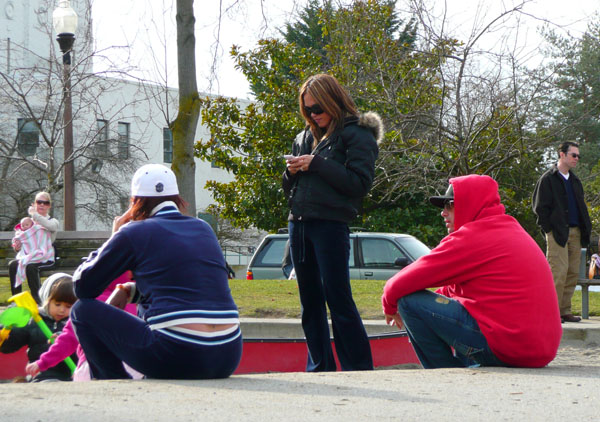Too Much Green For Green In Greenlake
Johnson said she hopes Ashworth Cottages shows other developers that such projects are feasible. “It has to make economic sense to get other developers to do it.â€
“It’s not about making the most money on every job. If it was, you probably wouldn’t do sustainability to begin with,†Pryde said.
But that was 2007. And this is now:
Bank of America moved earlier this year to foreclose on the 18 unsold units, according to county records.
What the heck happened (besides the obvious)? Over at the DJC’s Green Building Blog the general consensus seems to be that the LEED Platinum certified Ashworth Cottages are simply priced too high: the market value added by the green features does not reflect the cost of adding those features.
Each cottage is projected to save an average of 4250 kWh of electricity per year, or about half of what a typical household uses. At six cents per kWh, that’s an annual savings of $255.  The heat recovery ventilation system should save another $300 per year in energy costs.   The water savings target is 40 percent, which translates to a monthly savings of perhaps $20. Alas, a total utility savings of 70 bucks a month doesn’t put much of a dent in $4000 monthly mortgage payment.
The problem here is that we don’t pay the true cost of our utilities, because much of the cost is externalized. For example, how much is not producing a ton of CO2 worth? More with each passing day, but an Ashworth Cottage owner won’t see a dime of it. (Yet, anyway.)
One of the most innovative features of Ashworth is the “cottage housing” site plan that puts 20 homes on an site that would normally hold six typical Seattle single-family houses, and also provides a shared open space.  The savings on the land cost is presumably passed directly to the buyer, though in this case it doesn’t seem to have made a significant difference in the selling price, perhaps due to the cost of the underground garage.
But here again, while the project provides a public benefit by consuming less land and increasing density, the owners are not rewarded with a corresponding price break that reflects the total reduction in externalized costs. Same goes for the public benefits associated with the use of local and recycled materials.
The high caliber of indoor environmental quality in the Ashworth Cottages provides value that is not easily quantified in dollars. And so as people do the math on the potential purchase, they tend to ignore that value, even though we all agree that good health is one of the most important things in life. If we could just stop being dumb, projects like Ashworth would sell better.
One last factor in the high cost is likely the craftsman detailing, which appears to be of high-quality. (I suspect that that style was a prerequisite to keep the neighborhood from freaking out.) In comparison, it’s safe to assume that the materials and details used on the “Urban Canyon” cottage project in the Central District were significantly cheaper.
It’s discouraging that the Ashworth Cottages project has not been more successful:Â Another example of how the market does a lame job of delivering the kind of housing we need to create a sustainable future.
Right, but wouldn’t you rather look at some pictures of Greenlake? Such as this big hole:

Or the 40 percent rented since opening in January Circa:

Or some high-rise senior housing:
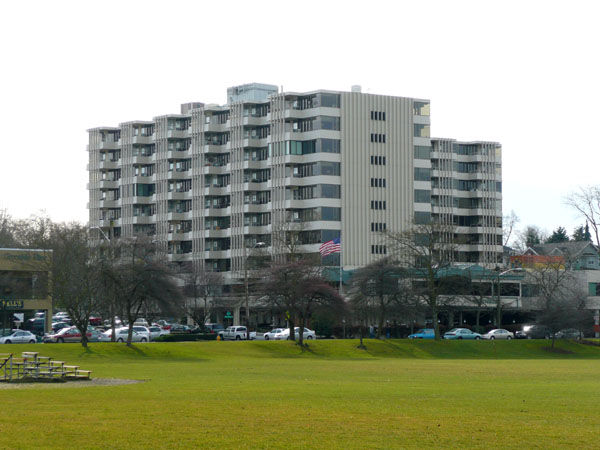
Or the Masonic Lodge:
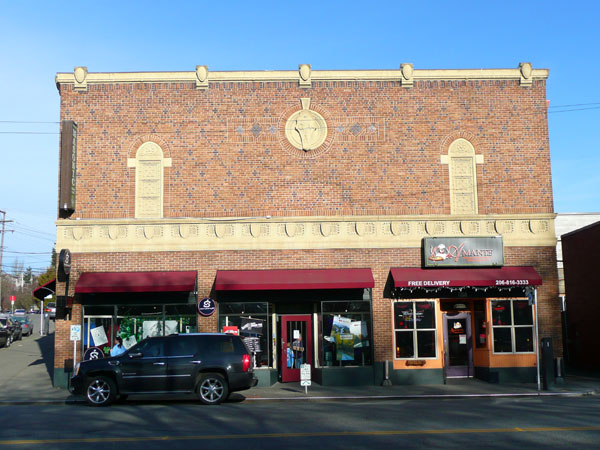
Or the new Greenlake:
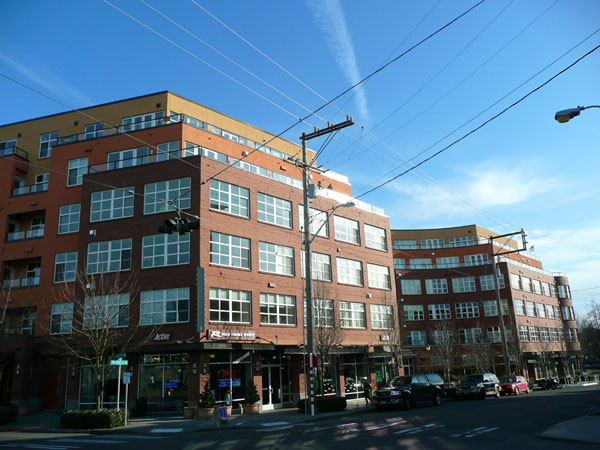
Or the old Greenlake:
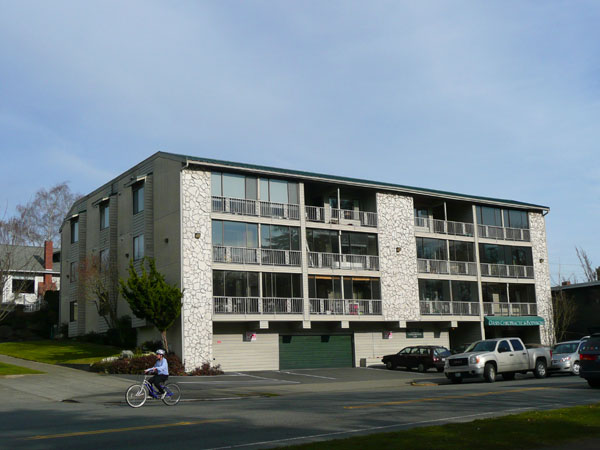
Or — bonus — some groovy Greenlake parents:
